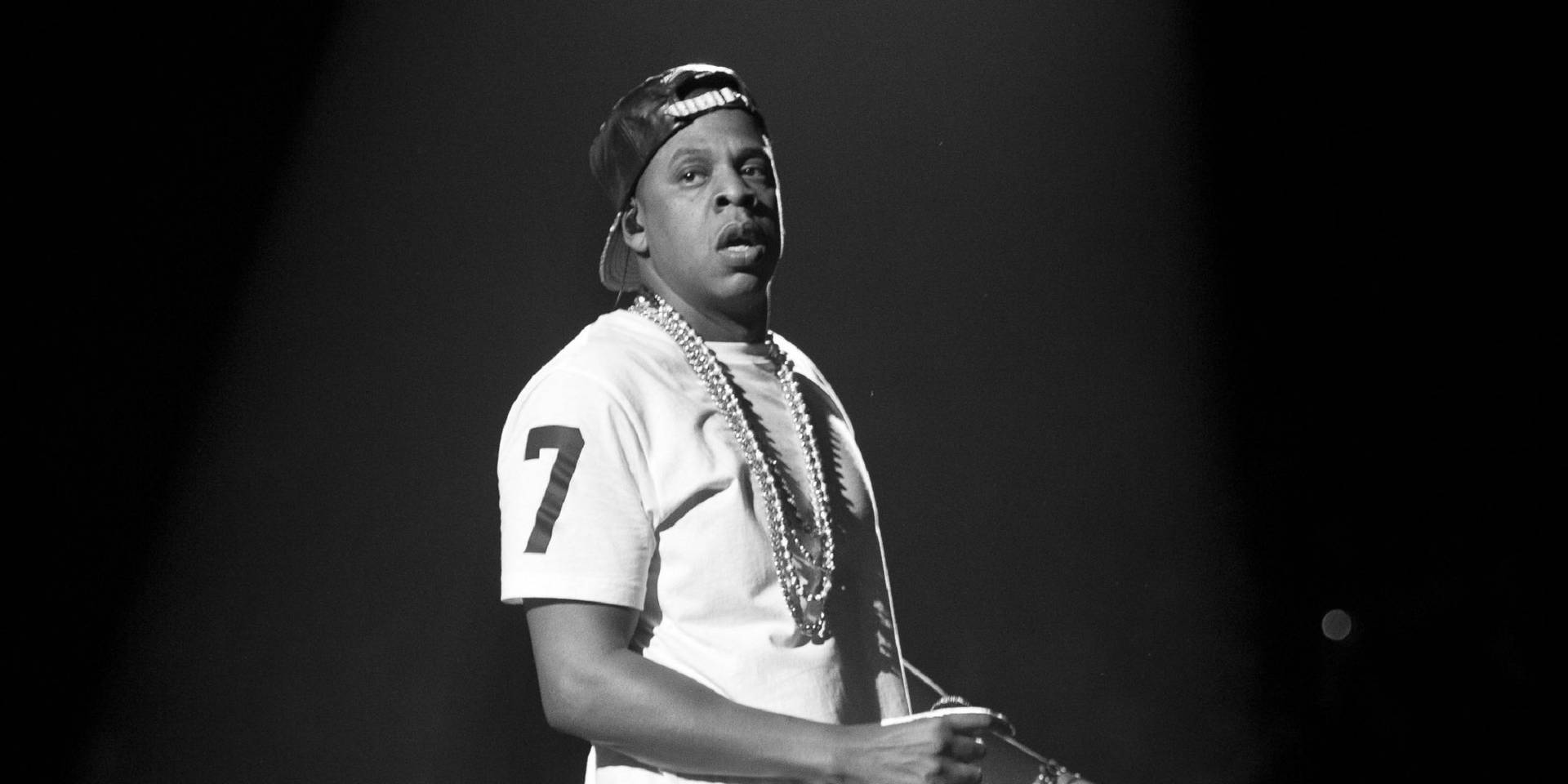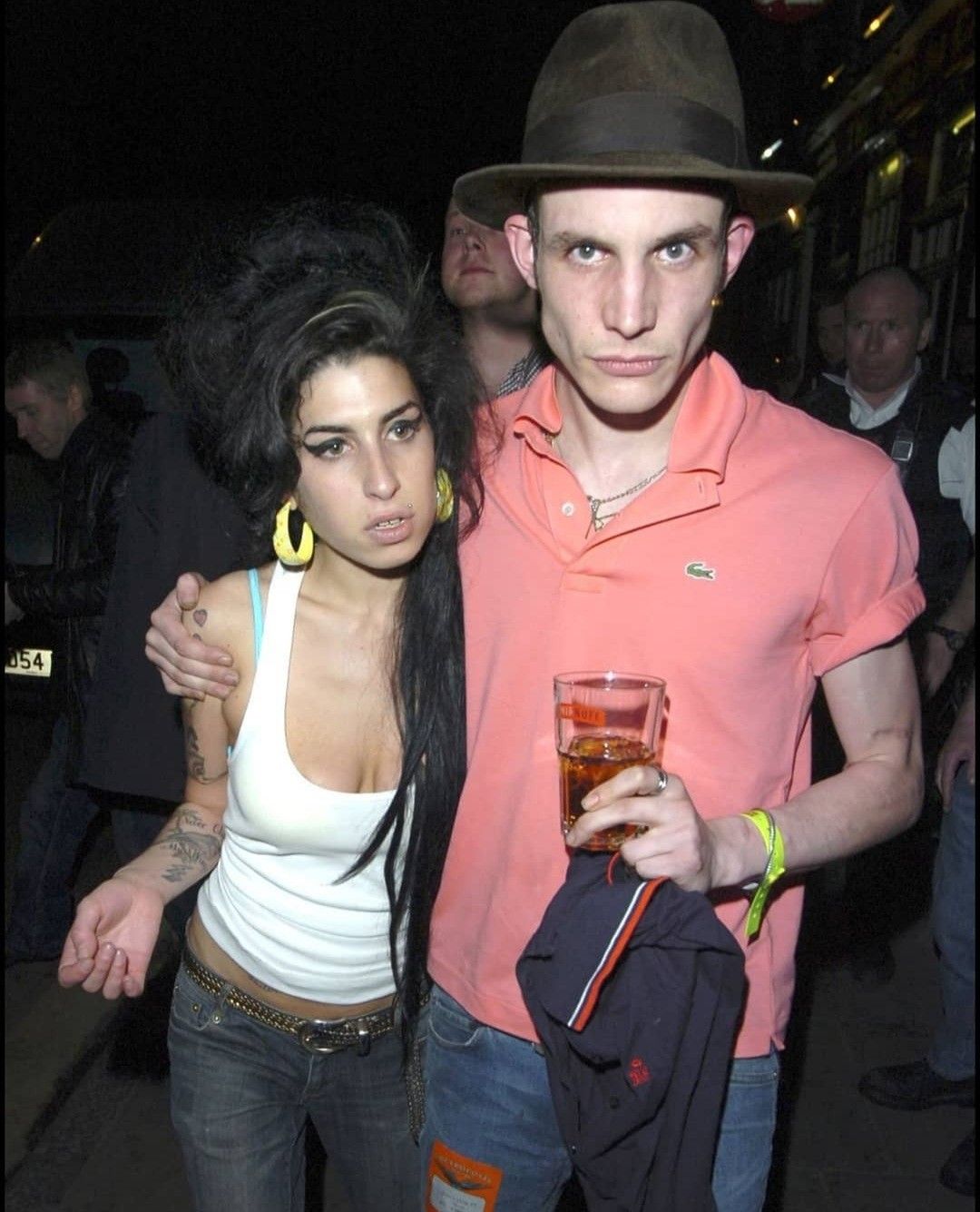
Introduction
Sinead O’Connor, the iconic Irish singer-songwriter, passed away on July 26, 2023, leaving behind a profound impact on the music industry and popular culture. Known for her haunting voice and powerful lyrics, O’Connor’s work has resonated with audiences for decades, addressing themes such as personal struggle, oppression, and the quest for identity. Her influence extends beyond music into activism, making her a notable figure in discussions around mental health and social justice.
Early Life and Career
Sinead Marie Bernadette O’Connor was born on December 8, 1966, in Glenageary, County Dublin, Ireland. She began her music career in her teens, gaining prominence with her debut album, “The Lion and the Cobra,” released in 1987. The album showcased her extraordinary vocal skills and resulted in critical acclaim. However, it was her cover of Prince’s “Nothing Compares 2 U” in 1990 that catapulted her to international fame, reaching number one in multiple countries.
Artistic Contributions and Activism
O’Connor was known for her fearless approach to music and life. Her songs, such as “The Emperor’s New Clothes” and “Mandinka,” often tackled themes of feminism, mental health struggles, and societal issues. She became a formidable advocate for various causes, including reproductive rights and the fight against child abuse, particularly within the Catholic Church. One of her most memorable moments came in 1992 when she infamously tore up a photo of Pope John Paul II on television to protest against the church’s handling of sexual abuse allegations. This act sparked widespread debate about her motivations and set her apart as a controversial yet brave figure in the music industry.
Recent Developments and Legacy
In the years preceding her death, O’Connor continued to speak publicly about her mental health struggles and personal life, shedding light on the importance of mental illness awareness. Her candidness resonated with many fans, making her an advocate for those suffering in silence. Since her passing, tributes have poured in from fans and fellow artists alike, recognising her talent, her influence on the music scene, and her uncompromising authenticity. Major artists such as Madonna, who praised O’Connor for her contributions to music and her fierce individuality, have highlighted the void left in her absence.
Conclusion
Sinead O’Connor’s legacy is characterised by her remarkable contributions to music and her courageous activism. As discussions about mental health and social justice continue to evolve, her voice remains significant and inspiring. Readers are encouraged to remember Sinead not only for her music but also for her willingness to confront difficult issues head-on, paving the way for future generations of artists and activists. Her story serves as a reminder of the power of art in healing and advocating for change.
You may also like

Jay Z: The Evolution of a Music Legend

The Lasting Legacy of Amy Winehouse
